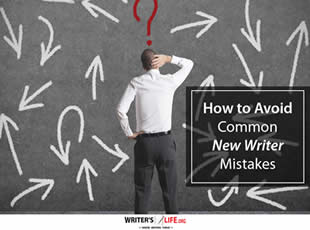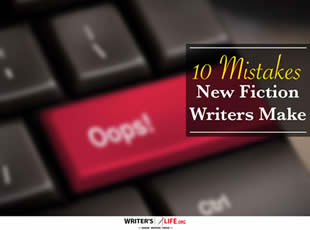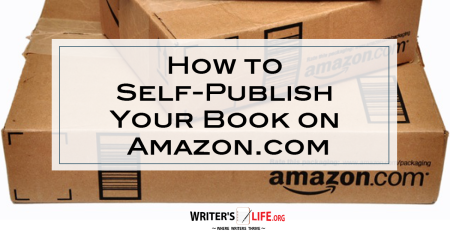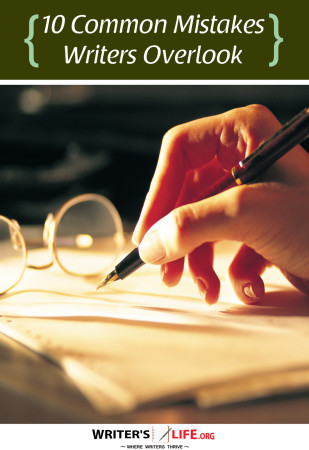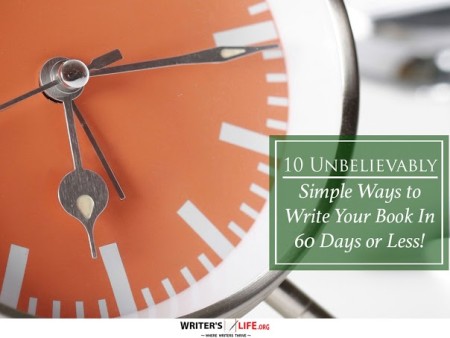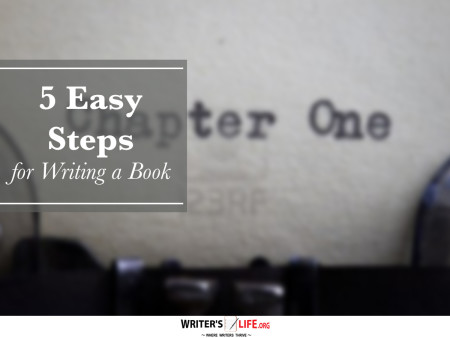- How To Tackle Jealousy In Creative Writing
- Common Submission Mistakes
- How To Stop Your Blog Becoming Boring
- The One Thing Every Successful Writer Has In Common
- How To Make Yourself Aware Of Publishing Scams
- Why Almost ALL Writers Make These Grammar Mistakes At Some Point
- 5 Tips For Authors On How To Deal With Rejection
- Top Mistakes to Avoid When Writing a Novel
- How to Avoid Common New Writer Mistakes
- 10 Mistakes New Fiction Writers Make
How to Get Reader Buy-In Early in Your Story

Reader engagement is the golden thread that can lead your story to shine right from the start. Capturing early reader interest is often the make-or-break moment for any writer. Let's discuss how you can achieve early reader buy-in and transform casual readers into enthusiastic fans.
Engage Readers Early by Crafting a Captivating Opening
First impressions last. Your opening should be more than just an attention-grabber; it should set the tone and style of your entire story. Dive right into the crux of your narrative. A captivating opening serves as your invitation for readers to dive deeper into your world. Are your characters instantly relatable or intriguing? Does your setting provoke curiosity? Starting with an engaging scenario or a pressing question draws readers into your universe immediately.
Remember, the initial thrill needs to be sustained. Effective reader engagement doesn't stop at the first page; it should run throughout. Ensuring that every chapter brings something new to the table keeps the readers from drifting. Building suspense, introducing plot twists, or revealing character depths can help maintain this momentum. Your readers need to feel that their time is valued, and that every page brings forth an enriching experience.
Early Reader Buy-In Through Relatable Characters
Characters often serve as the bridge connecting readers to stories. The more your readers relate to your characters, the more invested they'll become in their journeys. How can you create characters that provoke empathy or intrigue? Equip your characters with arcs that mirror real-life struggles and emotions. Readers should feel their highs and lows, their victories and losses. This emotional connection is crucial for gaining reader buy-in.
Consider using varied perspectives to enhance reader involvement. Multiple viewpoints can add depth, offering fresh takes and keeping things dynamic, making the plot feel layered and realistic. This approach also broadens your story's scope, making room for complicated narratives where every character has a voice worth hearing.
Gaining Reader Buy-In Through Immersive Settings
Settings aren't just backdrops; they're integral to your story, adding layers and textures that enrich the narrative. Creating immersive settings effectively boosts reader engagement. When described vividly, settings can transport your readers, offering a window into places they might not otherwise explore. Whether it's a historical city, a fantasy land, or a bustling metropolis, the setting should feel like a living, breathing character in your story.
Integrating the setting with the plot helps weave it seamlessly into the narrative fabric. The environment should influence the characters and story in meaningful ways, directly or indirectly. This blend enhances the believability of your world, encouraging early reader buy-in by creating a cohesive universe where every element has a purpose.
Effective Reader Engagement Through Conflict and Tension
Adding layers of conflict and tension is essential to capturing early reader interest. Without conflict, stories would be quite flat. Think of conflict as the heartbeat of your narrative—it can take many forms, from external obstacles to inner dilemmas. How will your characters navigate their challenges? Offering readers a puzzle to ponder entices them to turn pages.
The art of balancing tension and resolution is fundamental. Tension should ebb and flow, creating a rhythm that keeps readers on their toes. Resolve conflicts skillfully to provide satisfying, well-earned outcomes. This balance ensures that your readers remain engaged without feeling overwhelmed or unfulfilled. According to Wikipedia, narrative structures are designed to heighten interest, build suspense, and provide a fulfilling experience by effectively managing conflict and tension.
Reader Connection Strategies: Use of Themes for Early Engagement
Themes offer insight into your story's wider meaning or purpose. By weaving universal themes, such as love, loss, sacrifice, or redemption, you can resonate on a deeper level with your audience. These themes act like a glue, binding disparate elements of your story together, reinforcing cohesive narratives that enhance reader involvement.
Themes shouldn't overpower the story but instead should subtly guide it. Utilize them to add depth and complexity, making your story feel significant. Keep them consistent, but allow them to evolve as the narrative progresses, much like how characters grow and change. This evolution invites readers on a shared journey of discovery and understanding, solidifying early reader buy-in.
Bullet List: Key Points for Enhancing Reader Engagement
- Craft a captivating opening that sets the narrative tone and intrigues readers.
- Create relatable characters with deep, emotive arcs to build investment.
- Design immersive settings that engage readers and augment the plot.
- Balance conflict and tension to maintain interest without overwhelming readers.
- Incorporate universal themes to offer deeper resonance and cohesion.
Frequently Asked Questions About Reader Engagement
Q: How important is reader engagement in the early chapters?
A: Reader engagement in the early chapters is crucial as it sets the tone and hooks the reader, making them want to continue reading and ultimately finish the story.
Q: What role do characters play in reader engagement?
A: Characters are vital for reader engagement; relatable and well-developed characters help readers form emotional connections, leading to investment and buy-in.
Q: Can themes help in gaining early reader interest?
A: Yes, themes offer universal insights and deeper connections, driving readership by providing meaning beyond the plot.
Want to promote your book after it's published? Check out our Book Marketing Articles.
If you're serious about growing your author career, don't miss out on these free tools and templates built specifically for writers. Access all 7 free resources here.



















